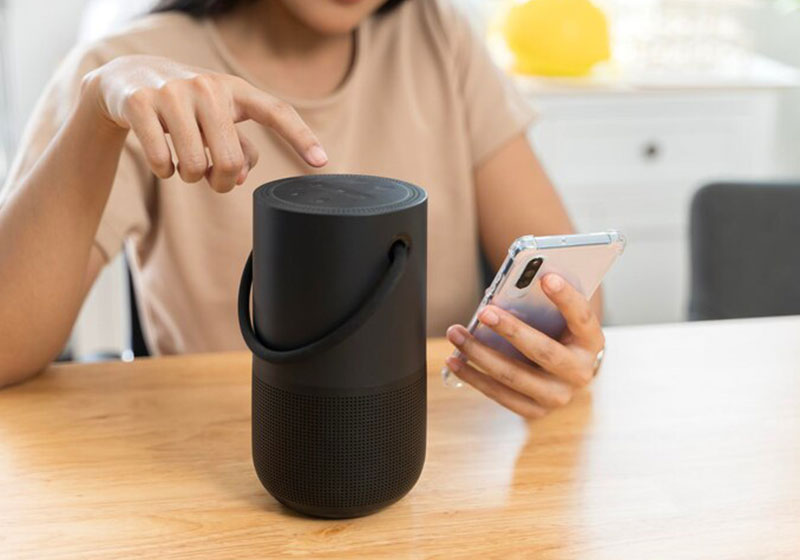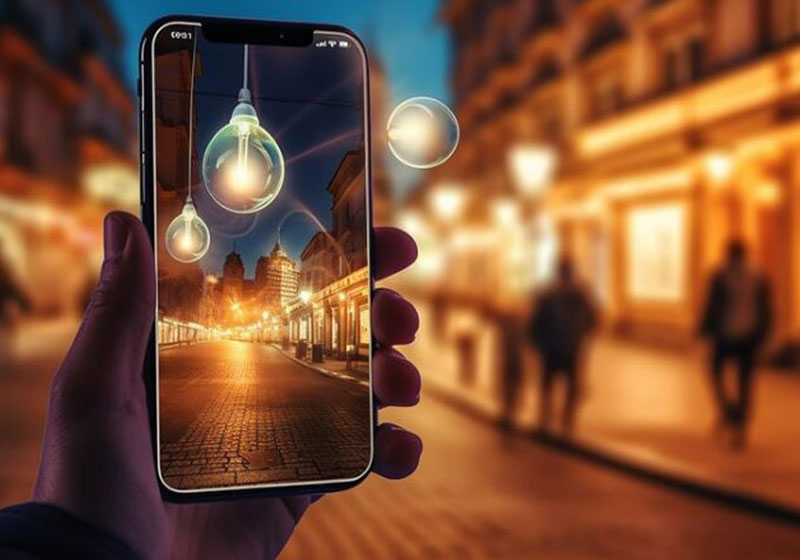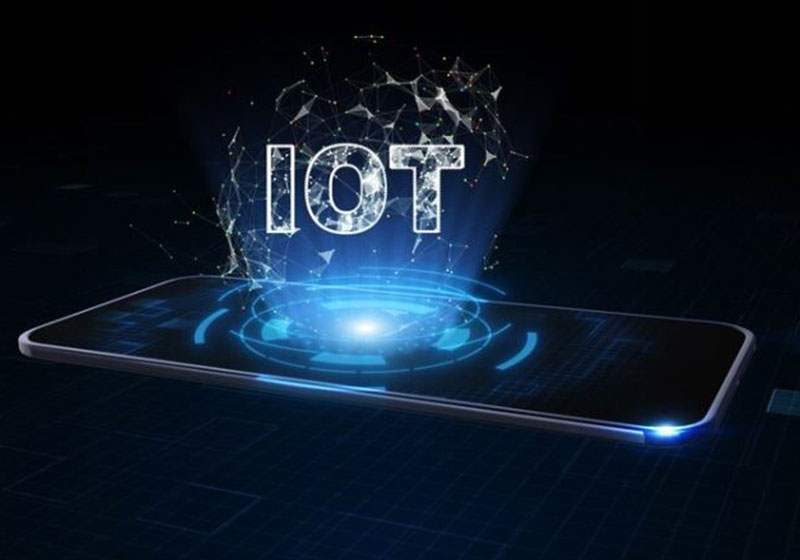Voice Assistants
Voice Assistants – Past, Present, and Future
 Updated 01 Nov 2023
Updated 01 Nov 2023

It’s cool to talk to computers right? It’s been a long time since voice assistants are there in the market but still, they are not that much in use or we should better say they are not used as a part of our daily life.
History of Voice Assistants
The first (actually natural) assistant came from IBM. It was the first smartphone as well, Simon in 1994. Fast forward 15 years, in 2008, Google launched its voice search for mobile apps later on paving way for Google Voice Assistant. Apple jumped into the race in 2010 with the introduction of Siri with iPhone 4s. Followed by IBM again with Watson this time in 2011. Lately, 2015 was the year of Alexa along with a range of smart home devices named Echo.
Present
Gradually voice assistants are coming close to our daily life. We are surrounded by them. Mobile phones, smart devices, smart appliances all of them feature one or the other voice assistant. Alexa, Google Assistant, Siri are some of the major players.
As we are going down the road they are becoming even more smarter and customizable. Take an example of Amazon’s Alexa. You can create a skill/command and can do whatever you want. Amazon’s Alexa development kit will help you integrate with your application. With provided tools, Alexa will understand what the user is saying, what is the intent. You need to focus on your functionalities and leave the language/speech processing part to your voice assistant.
The same thing applies to other alternatives as well. Each of them has its own set of terminologies. All this may sound like a piece of jargon if you aren’t from a technical background, just ignore it if that’s the case.
Let’s deep dive, into how it works? Whenever you say/invoke your voice assistant, Alexa for instance, it starts listening to your input. Whatever the user says in the form of speech is converted into text. This is called Speech To Text (STT). This is important because computers can understand the text but not speech. Then comes the role of natural language processing (aka NLP) which is considered to be one of the most difficult dimensions of machine learning. With the use of NLP, simple plain text is used to find the actual intent or what the user means. Here the actual context of the sentence plays a vital role. For example, if the user said “eight” or “ate” they sound similar but are different. These kinds of cases are evaluated with other words in the phrase to identify what the user is saying. Once the intent is identified, processing of this intent to get a response is given to an API. Response from the API which is in the form of text is again converted into speech. This is known as Text To Speech (TTS).
Ready to build the next-gen voice-enabled solution?
Partner with Q3 Technologies to integrate cutting-edge voice assistant technology into your applications.
Future of Voice Assistants
How easy it would be to say “Hey, book tickets for XYZ movie for tomorrow’s morning show”. Fascinating right? We suppose it’s not too long when voice assistants will be a crucial part of our lives. One of every five households already has Alexa. Today, starting from smartphones, smart home appliances to specifically made smart devices like Amazon’s Echo range this might end up replacing all our bots.
Voice Chatbots
Voice chatbots are conventional artificial intelligence technology that can capture, interpret and analyze the input vocally given. There is no more requirement for individuals to type the input. They can simply speak out in their natural language and the voice chatbots are going to respond and do the needful. The users can interact with the artificial intelligence chatbots with the help of commands to offer relevant responses. The voice chatbots use natural language processing which makes communication between user and brand more customized and personalized. It serves different purposes with the solid communicative approach.
Smart Bots
Bots are there to make our life easier primarily on web apps. This could be replaced with assistants. Rather than typing what you want, it’s certainly more natural to say it. Smart bots are popularly used at home, online, and in a workspace. The demand for chatbots implementation across all business verticals is increasing day by day. New technologies and more AI-based Smart bots are delivering futuristic solutions now.
IVR
Everyone must have used IVRs. We believe it won’t be an easy take for voice assistants to take over. We need much more mature systems to manage IVRs but it’s not too far. Self-Serve Customer Service using Conversational IVR helps in improving transparency, serving customers better, and working on communication. The IVR system is able to understand the customers’ intent, context, and content spoken in Natural Language and provide a much free form and dynamic customer experience. Users are able to talk to the automated bots regarding any query and then get a suitable response in real-time natural language which is more customized.
Transform Conversations into Conversions.
Leverage Q3 Technologies’ voice assistant solutions to deliver smarter, faster, and more human-like user interactions.
Conclusion
These are some of the scenarios that voice assistants will start capturing soon. The list is never-ending and nobody knows where we are heading. Q3 Technologies is a brand that develops quality software and chatbots to initiate smooth interaction and better customer support. The experts have hands-on experience in developing competitive and user-friendly voice chat bots for brands to improve customer experience and increase productivity.
Explore More

Mobile Applications



